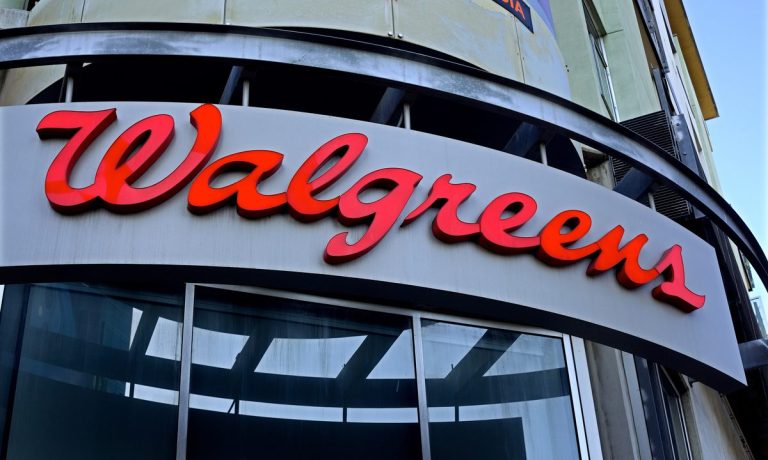A challenging consumer spending environment served as a main theme Tuesday (Oct. 15) during the company’s fourth-quarter earnings call.
“The consumer may get stronger, but you wouldn’t count on it right now,” Walgreens Boots Alliance CEO Tim Wentworth said during the earnings call. “We’ve been realistic about the consumer.”
Walgreens Boots Alliance Global Chief Financial Officer Manmohan Mahajan shared Wentworth’s sentiments, saying, “the consumer backdrop remains a challenge. Our customer is likely to remain under pressure.”
Despite a year-over-year sales increase of 6.0%, to $37.5 billion, in the fourth quarter, Walgreens reported a net loss of $3 billion, largely driven by non-cash charges related to opioid liabilities and impairments on investments. For the full fiscal year, losses reached $8.6 billion, reflecting broader operational challenges and rising costs.
The company’s footprint optimization program includes the closure of approximately 1,200 underperforming Walgreens stores in the next three years, with around 500 expected in the second half of fiscal 2025. This move aims to enhance cash flow and optimize the store network, concentrating on higher-performing locations.
Advertisement: Scroll to Continue
Mahajan said the closures will account for approximately $100 million toward adjusted operating income while Wentworth emphasized that the recapture rate for affected customers will be crucial. He said the company’s loyalty program and digital interactions with customers will create additional opportunities to serve and engage them in different ways.
Wentworth highlighted fiscal 2024 as a foundational year, focusing on cost management and operational efficiency. The company aims to stabilize its core retail pharmacy operations, rationalize its footprint, and align reimbursement structures to better reflect the value of pharmacy services. He underscored the importance of adapting to market dynamics, adding the retail pharmacy experience will be important to the healthcare industry in the future.
While the retail environment has proven challenging, Walgreens is also exploring new product assortments, increasing the presence of private label brands, and expanding digital offerings to meet evolving consumer preferences. The company intends to leverage its network of pharmacy associates to maintain strong customer relationships and respond effectively to changing demands.
Walgreens now joins its main competitors at Rite Aid and CVS in a private label/store closing strategy to mitigate rising healthcare costs and declining post-pandemic revenue.
For example, in a recent interview with PYMNTS, Greg Zakowicz, senior eCommerce expert at Omnisend, said CVS is in a “difficult situation” because the traditional drug store model has changed due to increased competition from both brick-and-mortar and online retailers regarding prescription medication and retail goods.
“And while they’ve been looking at their private labels to increase sales,” Zakowicz said, “the store model itself isn’t necessarily a go-to for consumers. I think their in-store retail sales will continue to be more convenient for those already in-store, which isn’t great for sustainable long-term growth. Layer on constantly increasing insurance costs and downgraded star rating from Medicare Advantage, and it’s difficult to see a clear way forward.”
As Walgreens embarks on this multi-year turnaround its focus is on improving cash flow and reducing net debt through management of capital expenditures and the monetization of non-core assets, executives said.
“Our ability to respond to a challenging environment needs to improve,” Wentworth said. “We must be relevant to today’s consumers. We feel confident in our ability to serve our customers. We have a lot of work to do and 2025 will be an important rebasing year to drive important value creation. We have the right team and the right strategy. Our turnaround will take time, but we are executing with urgency. We believe our reorientation to retail pharmacy has a bright future.”
This commitment to transformation comes at a time when industry experts are closely watching the retail pharmacy landscape. One healthcare expert expressed concerns about the evolving market dynamics.
“In my view, the real question is whether the retail footprint of Walgreens and CVS are the Blockbuster and Hollywood Video of retail pharmacy, with Amazon as the Netflix,” said Hal Andrews, CEO and president of healthcare analytics company Trilliant Health.




